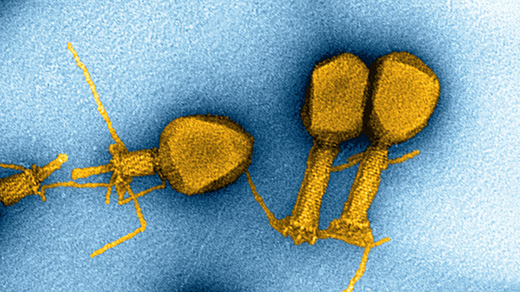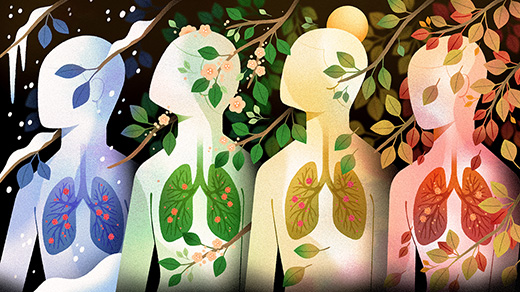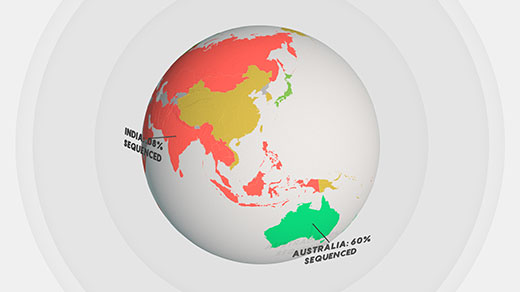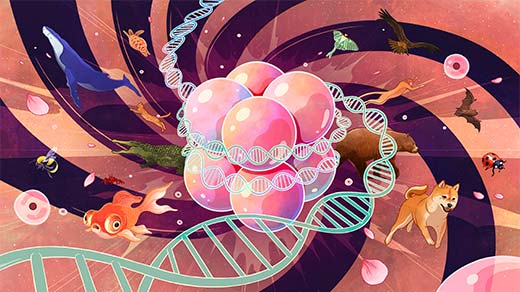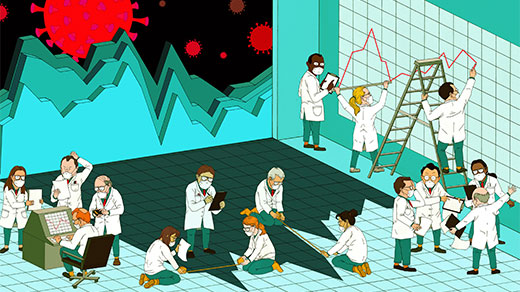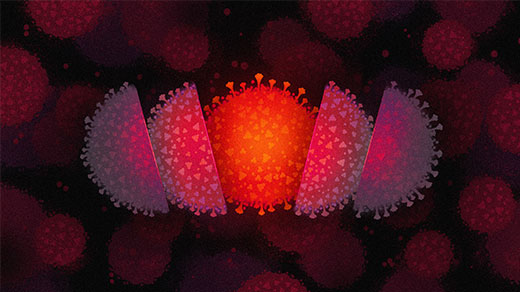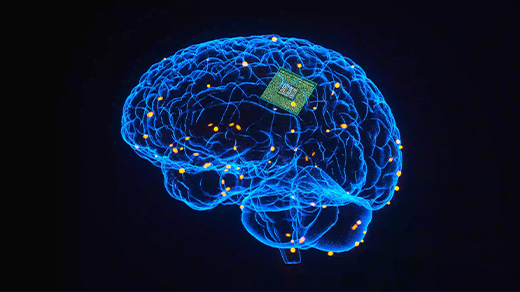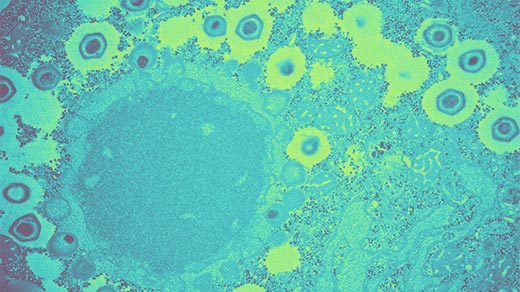What's up in
Viruses
Latest Articles
DNA Has Four Bases. Some Viruses Swap in a Fifth.
The DNA of some viruses doesn’t use the same four nucleotide bases found in all other life. New work shows how this exception is possible and hints that it could be more common than we think.
How ‘Long COVID’ Keeps Us Sick
Other diseases with long-term symptoms can help us understand how COVID can affect us long after the virus itself is gone.
A Lack of COVID-19 Genomes Could Prolong the Pandemic
Genomic surveillance of the SARS-CoV-2 virus can help control the current pandemic and prevent future ones. But the process is marred by insufficient data and geographic inequities.
DNA’s Histone Spools Hint at How Complex Cells Evolved
New work shows that histones, long treated as boring spools for DNA, sit at the center of the origin story of eukaryotes and continue to play important roles in evolution and disease.
Chasing the Elusive Numbers That Define Epidemics
Most modeling efforts during the COVID-19 pandemic have sought to address urgent practical concerns. But some groups aim to bolster the theoretical underpinnings of that work instead.
How to Understand COVID-19 Variants and Their Effects on Vaccines
Researchers are tracking the different strains of SARS-CoV-2 and studying how they spread through our population and our bodies.
The Hard Lessons of Modeling the Coronavirus Pandemic
In the fight against COVID-19, disease modelers have struggled against misunderstanding and misuse of their work. They have also come to realize how unready the state of modeling was for this pandemic.
The Year in Biology
While the study of the SARS-CoV-2 virus was the most urgent priority, biologists also learned more about how brains process information, how to define individuality and why sleep deprivation kills.
Did Viruses Create the Nucleus? The Answer May Be Near.
An unorthodox symbiotic theory about the origin of eukaryotes’ defining characteristic may soon be put to the test.
